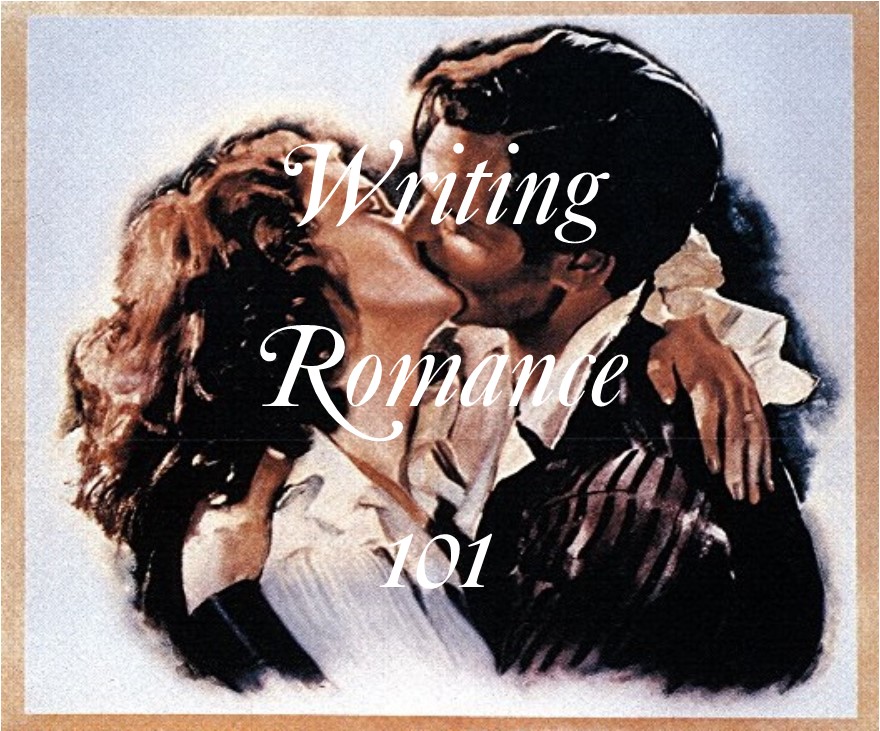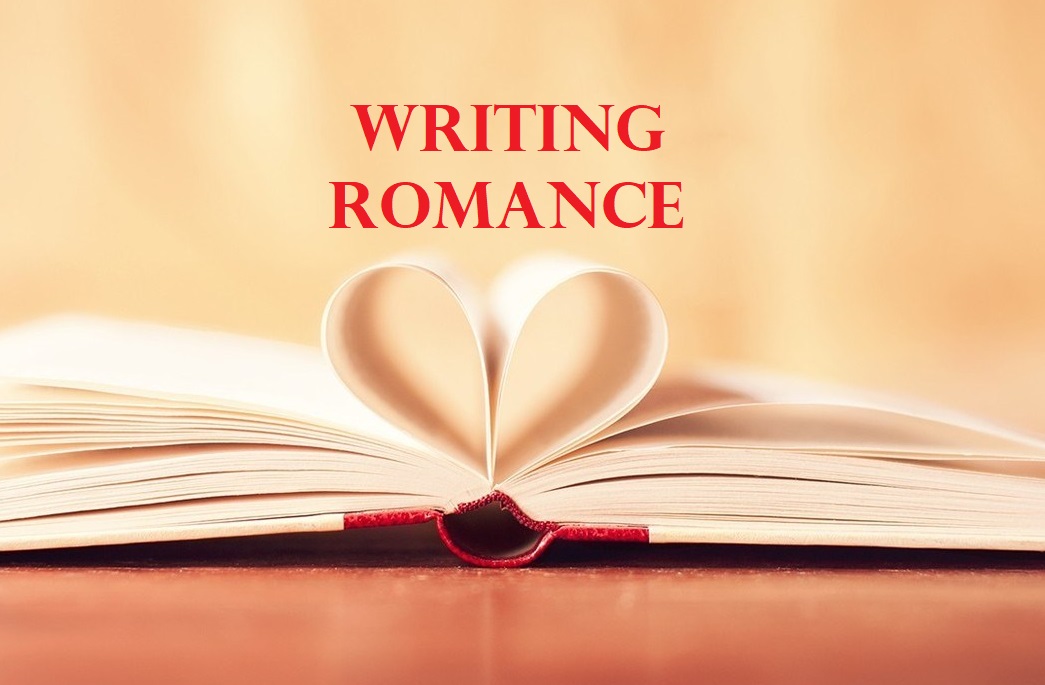
DON’T GO BREAKING MY HEART
Romance readers’ expectations: Finding the best setbacks and obstacles for my couple to overcome is one of my greatest…
February 23, 2025
Romance readers’ expectations: Finding the best setbacks and obstacles for my couple to overcome is one of my greatest…
February 23, 2025
All fiction readers come to their chosen stories with certain expectations. A mystery reader expects a puzzle to solve.…
November 23, 2024
Readers, particularly romance readers, love stories that feel familiar—shorthand for they use tropes—but also seem new and bring a…
August 23, 2024
Plotter or Pantser? Or Plottser? Outline or just start writing? Index cards or story map? The Hero’s Journey or…
May 23, 2024
Once upon a time, when I was new to fiction writing, I brought a chapter to my weekly workshop/critique…
February 23, 2024
Making your hero and heroine relatable is key to creating characters your readers will care about, will laugh with,…
November 23, 2023
I recently attended a conference where one of the speakers talked about how, because of cultural and societal shifts,…
May 23, 2023
So many personality types and traits and tools to figure them out. The Enneagram Myer Briggs The OCEAN Model…
February 25, 2023
I recently watched Hudson Hawk, a (deservedly) lesser-known Bruce Willis movie. It was released three years after his smash…
May 23, 2022
The essence of Show, Don’t Tell, when it comes to characters is to put your hero or heroine in…
January 23, 2022
Writing teachers often talk about the story arc and character arc, meaning how the story is constructed or how…
November 23, 2021
One of my favorite movies is You’ve Got Mail. When Joe Fox attempts to apologize to Kathleen Kelly for…
August 23, 2021
Secondary characters are the seasoning in your story soup. Who can be secondary characters, or sidekicks? Often, they’re the…
May 23, 2021
The basis of every good story is conflict. As writing teacher extraordinaire James Scott Bell often says, “Happy people…
February 23, 2021
What drives your character? What is his or her motivation for pursuing their goals, whether it’s defusing an atomic…
November 23, 2020
In the romance genre, it’s a given that your hero and heroine will end up together for a happily…
August 23, 2020
When I first visited upstate New York several years ago, I kept getting the feeling I’d been there before,…
May 23, 2020
In my opinion, anyone who says they don’t have time to read might as well say they don’t have…
February 28, 2020
Once upon a time a romance novel plot included a heroine who wanted the hero to kiss her, but…
November 23, 2019